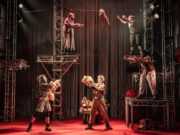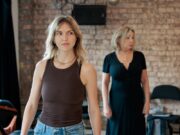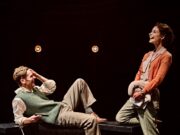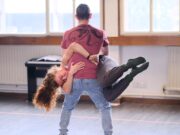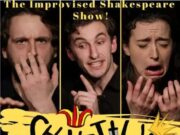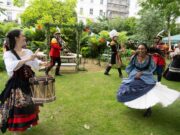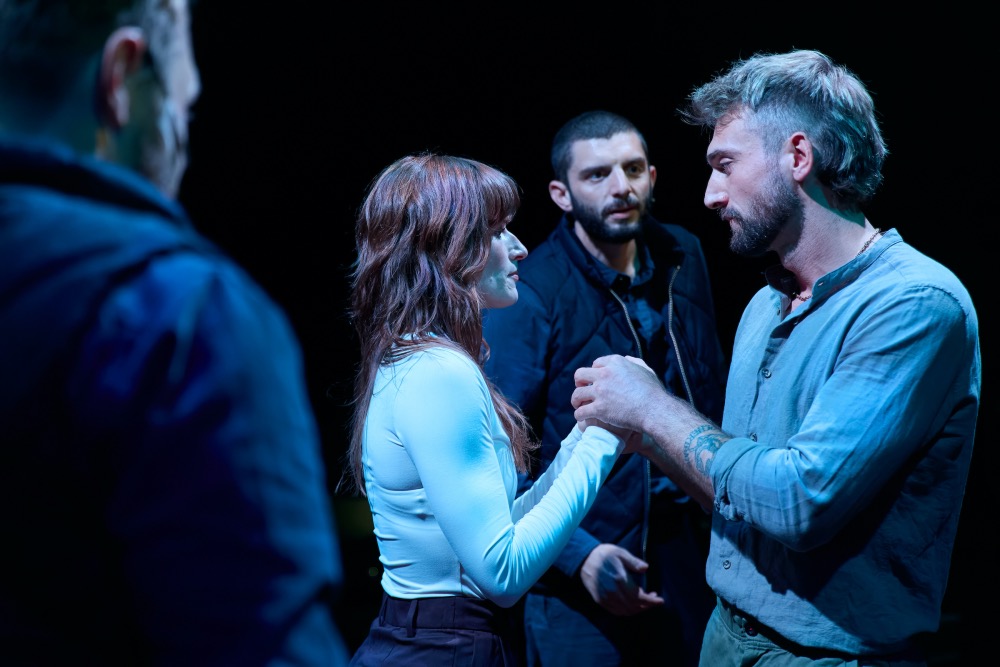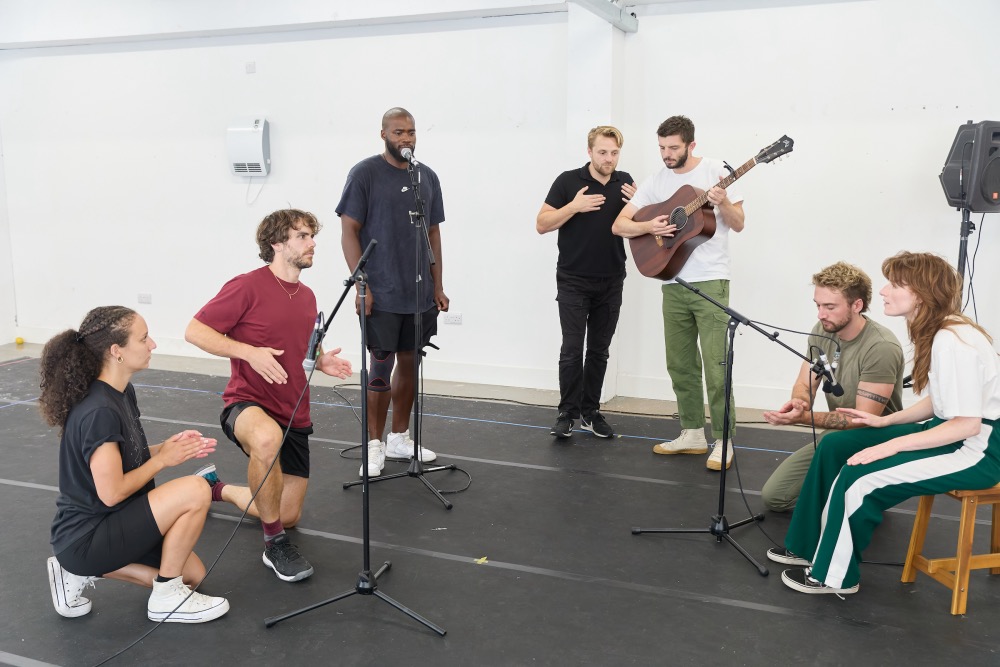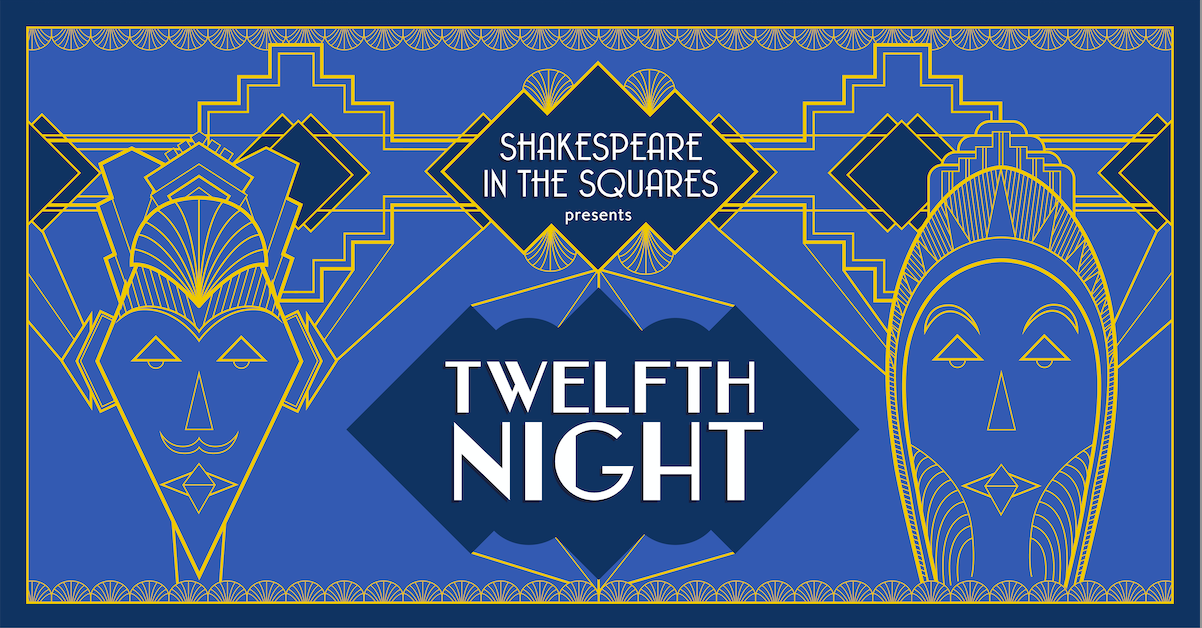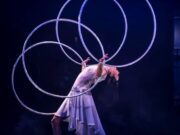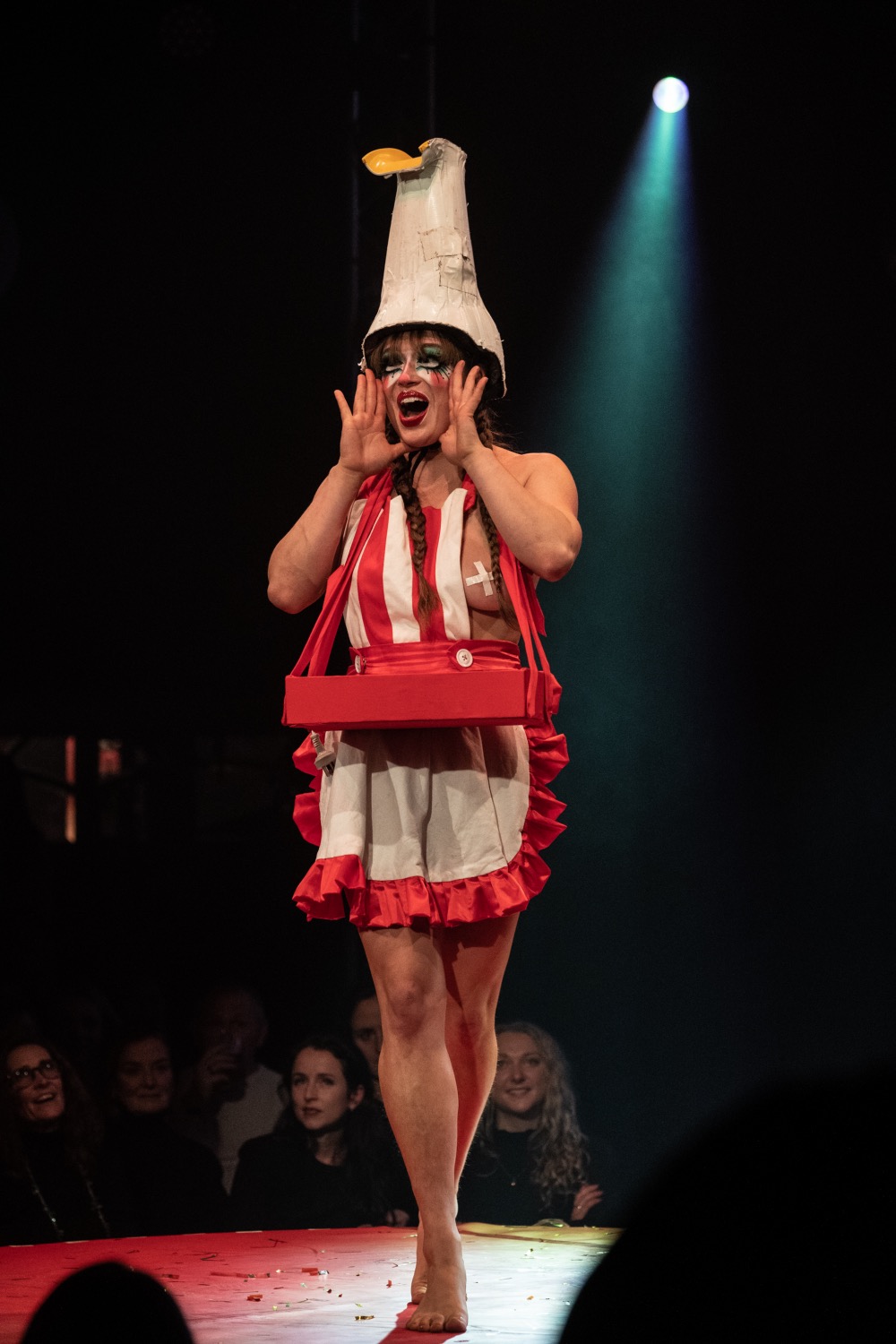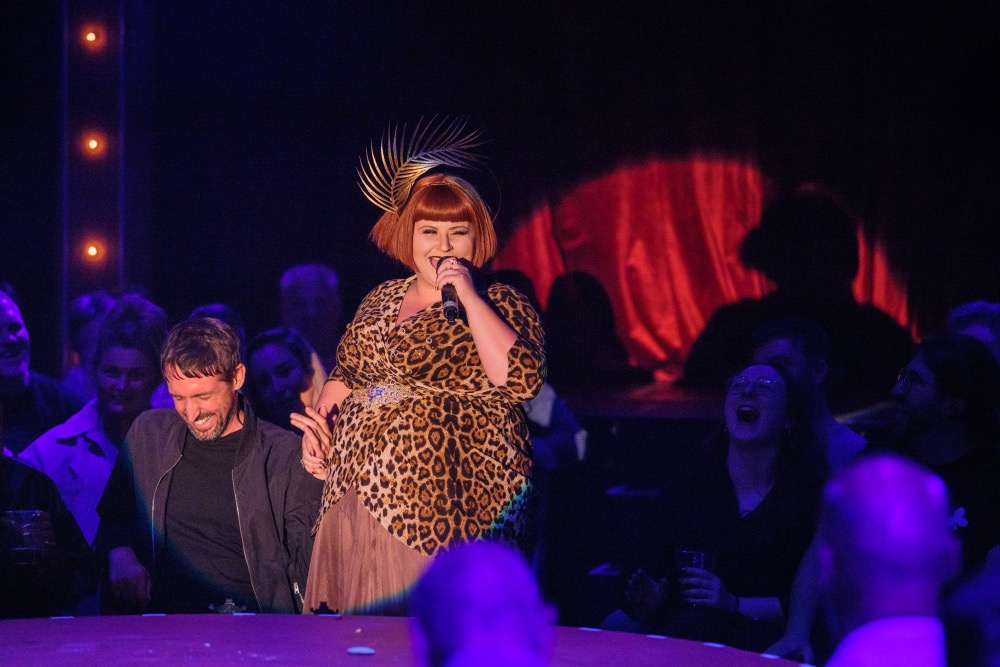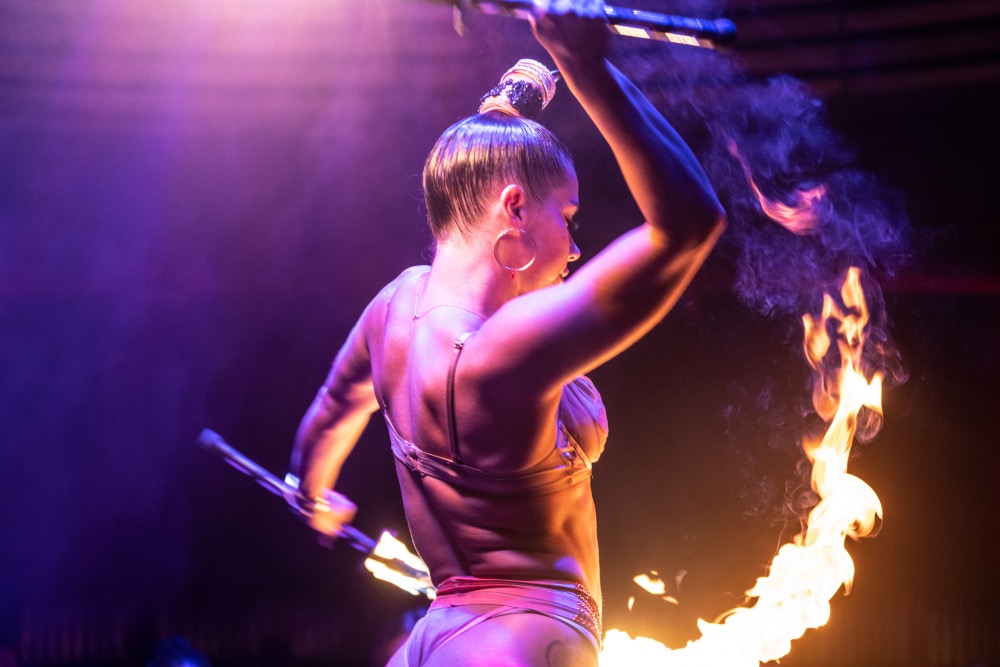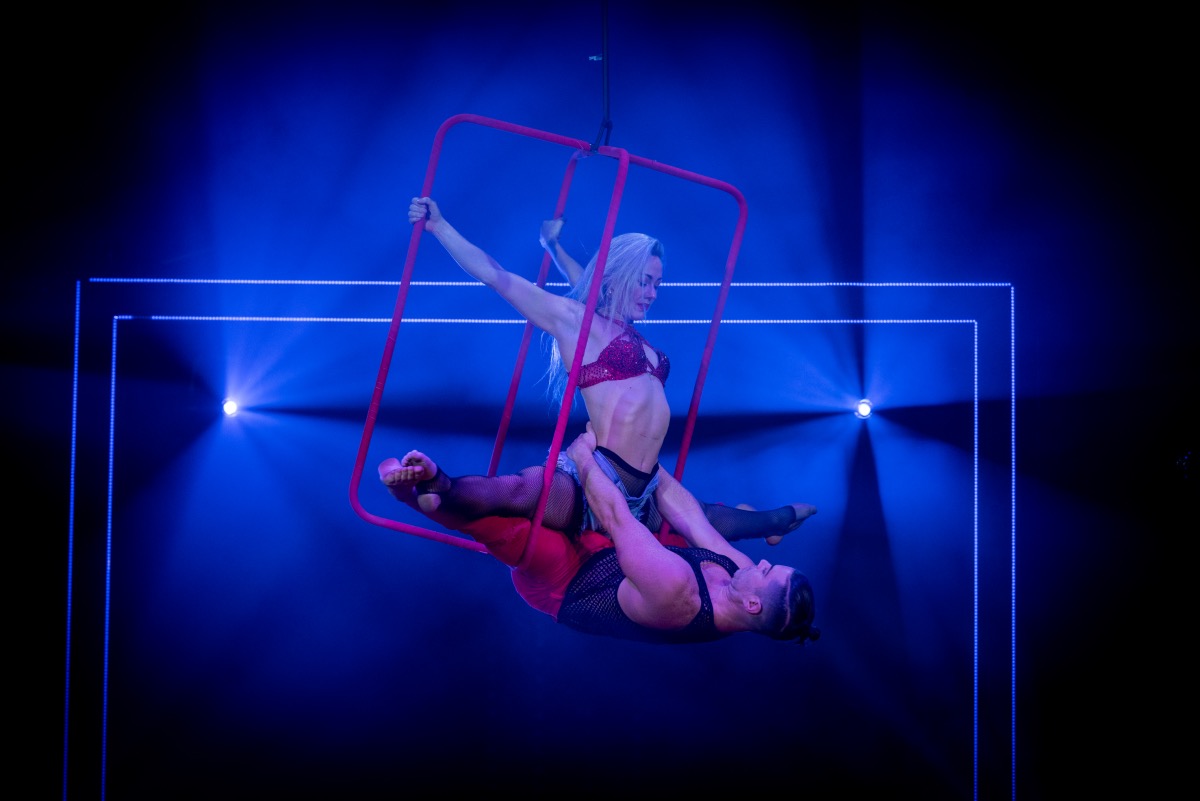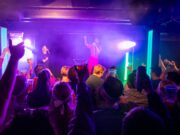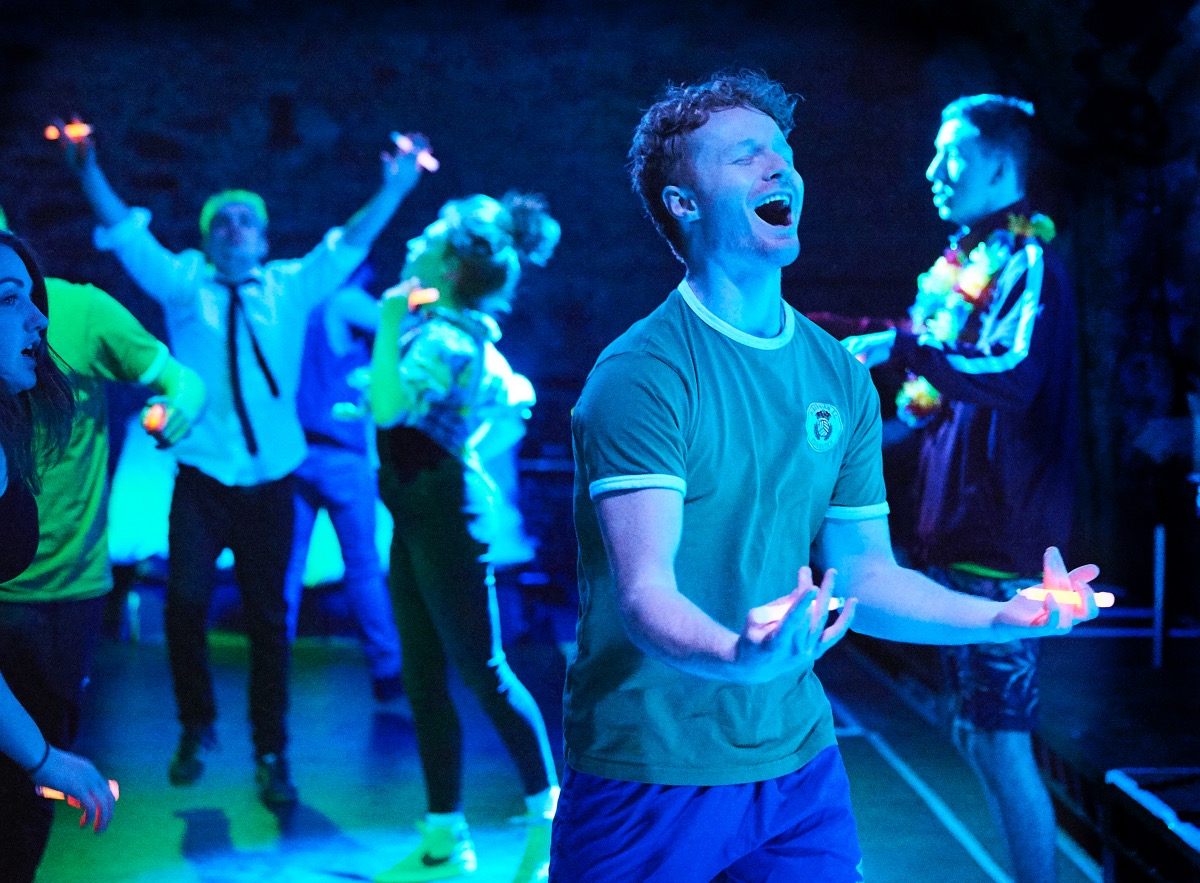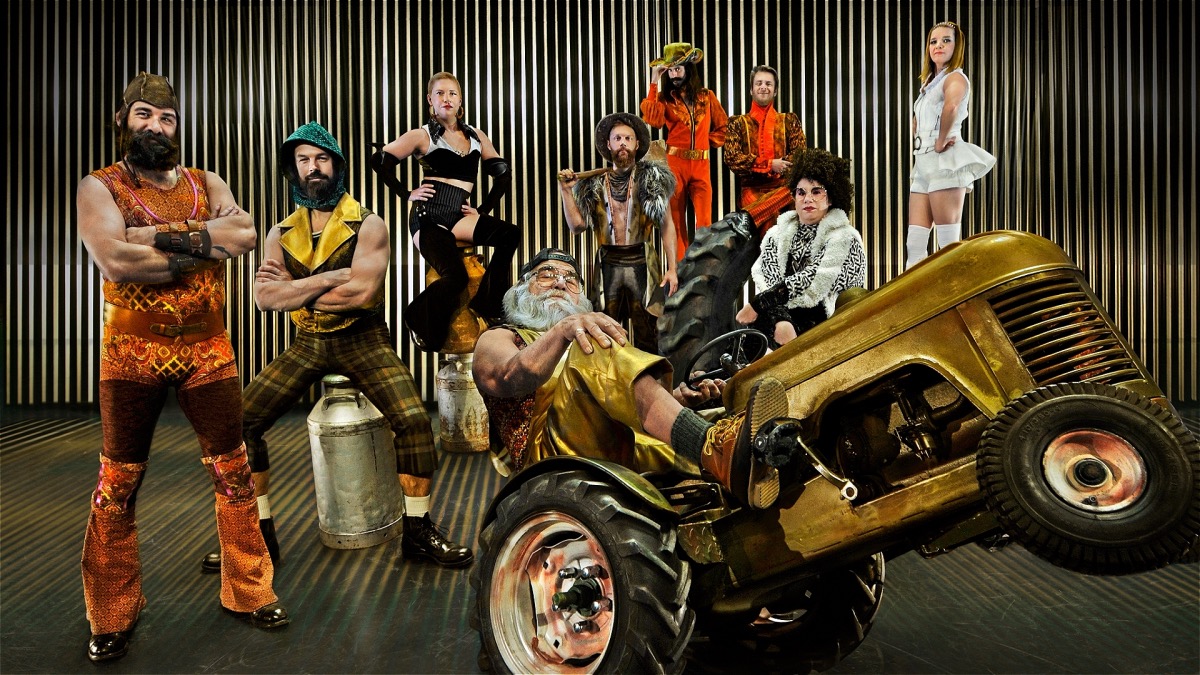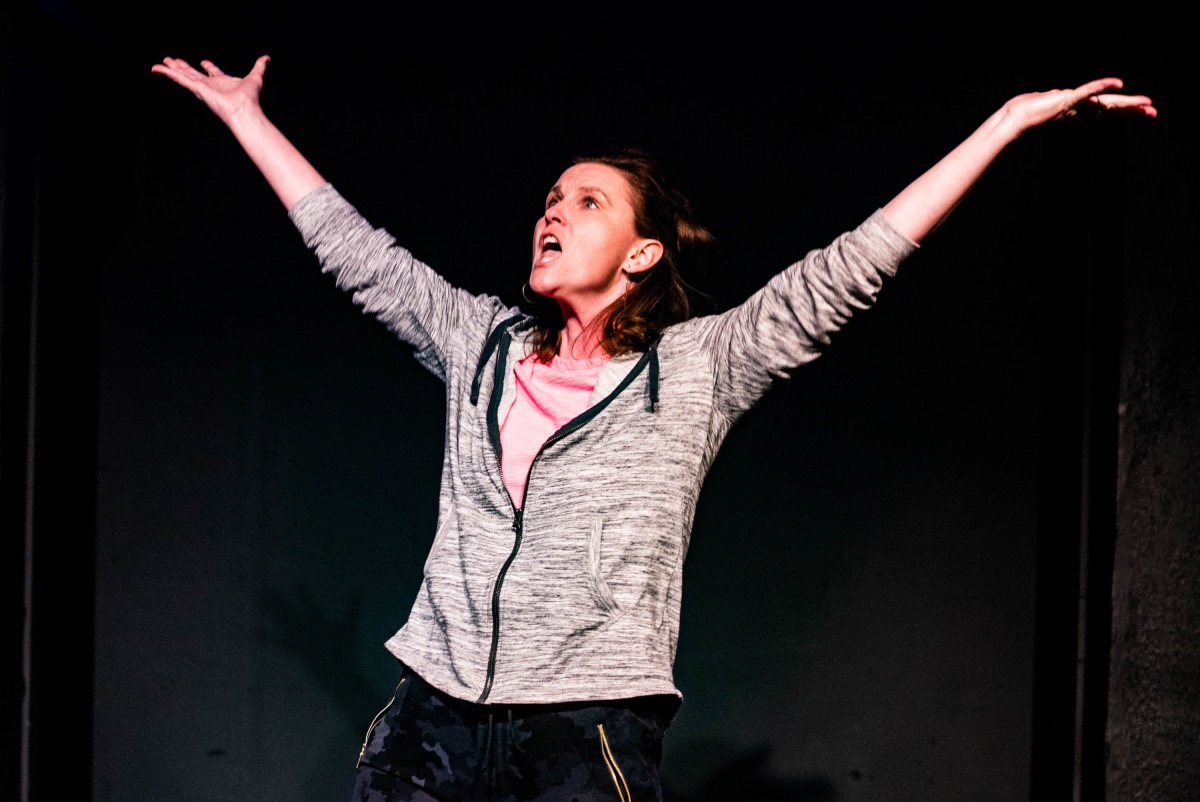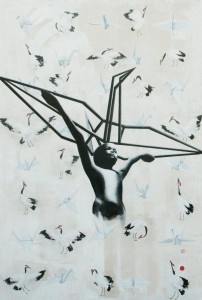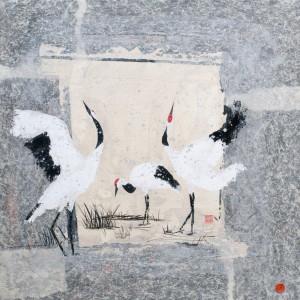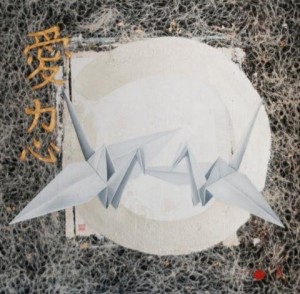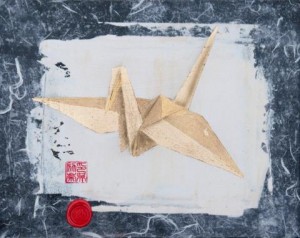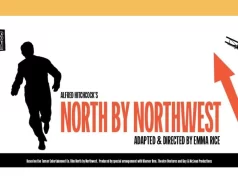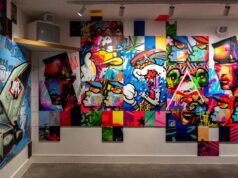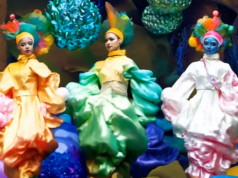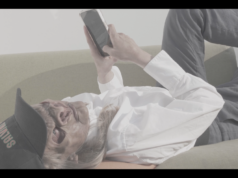Ingo Leth works in different disciplines including acrylic or oil paint on canvas combined with natural materials like paper and sand. In his work exists a cadence of colour, energy, and a spontaneous exuberance for the medium that is captivating and visually exciting. The organic and instinctive style, fluid and visceral in presentation reveals a heightened understanding of structure and composition to express emotional tenor.
His work is often figurative, realistic, and abstract.
He is co-founder of the TOYism art style. The last years he had a lot of expositions in the Netherlands and abroad, like in New York, Barcelona, Kentucky and in Montreal.
He generally works with acrylic or oil paint on linen, combined with original Japanese washi (paper), and gold leaf. The color symbolic black, red and gold is a color combination for symbolize luck and happiness. You can find this combination often in his work. Sometimes he use different materials, just to know how it feels to work with.
Ingo often gets his inspiration from the Japanese culture. He is sure that we can learn a lot from the Japanese culture. “The way how they combine their fast contemporary life with culture is very impressive. When you are in Japan or you meet Japanese people you’ll see, that they are proud about their own culture. Proud and respect is a very important issue in Japan.”
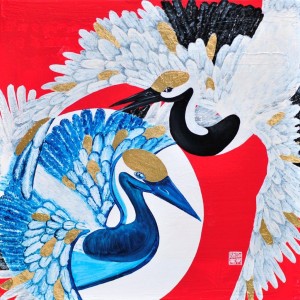
After reading the book “Sadako will leben” Ingo began to paint 1000 crane birds. In Japan the crane bird is a very symbolic animal. He is symbolic for peace, love, solidarity, luck and a new beginning.
The story is about the girl Sadako. When she was a child, the atomic bomb falls on Hiroshima. Sadako survived it, but 10 years later she get’s ill. She get’s the radiation sickness (leukemia) and become to the hospital. In the hospital she gets a lot of pieces of Origami paper. Her parents told her, that she have to fold 1000 crane birds, so she can do a wish to get healthy again. Japanese people believe, that if you fold 1000 crane birds, you can make a wish. A lot of people wishes something about health, others about love (to find a partner), or something else.
Sadako had fold 990 pieces of crane birds, then she died.
Because of this story, the symbol of crane birds gets confessed outside Japan. The book is translated in more than 40 different languages.
Because of the symbolic of the crane bird and to tell the story of Sadako further, Ingo began to paint crane birds. He wanted to do it his own way, not folding them but paint them. At this moment he have painted 786 cranbirds. They can be very small or very big. The size doesn’t matter, only the number of 1000 counts.
Ingo wants to paint something positive. To choose a color that reflect my idea about something positive, is generally a symbolic color. Red is a color he uses in every painting, small or big parts, red is a characteristic color for him. Ingo wants to get a balance in his work, choose the right color is very important to keep “the peace” and balance and tell the story he wants to tell with. Like the items he paint, is the symbolic meaning very important to reflect his mind.
Ingo wants to paint something positive. To choose a color that reflect my idea about something positive
Education
1986-1989 Professional training of Colortechniques and Interior decorator
1993-1995 Professional training screen printing
2003-2004 Professional training Desk top publishing
Purchases and orders:
2005 Rabobank Emmen order 4 paintings;
2003 Fam. Lauxen Midwolda, furnishing of the hous with original paintings;
2003 Rabobank Emmen order of a painting for the investment division;
1998 Rabobank Emmen order for the 100 year celebrating of the Rabobank (producing 120 screen prints);
1998 airbrushorder of Hekro;
1997 order to design the CD-cover of ‘Le Group Evangelique’;
1996 Coverdesign of the book “Quick Lexicon” of H.Visser;
1995 NCRV (coverdesign of the NCRV-gide);
Publications:
Kunstbeeld, Kunstwerk, Haagse Courant, Brabants Dagblad, Nieuwsblad v/h Noorden, Drentse Courant, Quick Lexicon, Trouw, NCRV gids, ELLE WONEN, Emmen magazine, ART school magazine, Toerist, Villa d’Arte, the book “De kunst van het leren en het leren van de kunst”, published by De Baak, artpage of the Drentse Courant, Art.nl, Kavel & Huis, De Standaard (Belgium), Koi (GB), Koiwijzer (NL), magazine Palet (NL) and more ….
Remaining:
2003 Membership of the Lions “Het Dingspil Suydenveldt” in Emmen
1998 Subscription at the centre of artdocumentation in Assen
1993 Subsciption at the Public Service of Art History in The Hague
Representation:
2003- today Gallery Gora Montreal (CA)
2007- today Galerie ArtFusion Amsterdam (NL)
2007-today Amersfoort Art gallery (NL)
2009-today Die Hamburger Galerie, Hamburg (D)
2009-today Gallery Tolg Art Wierden (NL)
2011 Gallery Alosery Almere (NL)
Honors and Awards:
2010 3rd price winner Dutch National Artdays Amsterdam 2010
Exhibitions:
1991-1999
Galerie Dejo Emmen (NL)
1993
International ART Gallery Meppel (NL); Galerie 8bij3 Kaatsheuvel (NL); Holland ART Fair The Hague (NL); International artmanifestation ART 54 Gallery New York
1994
“Het roze in TOYisme” Bruggebouw Emmen; Huntenkunst Doetinchem (NL); Galerie Guido de Spar Amsterdam (NL)
1995
International art manifestation ART 54 Gallery New York; Huntenkunst Doetinchem (NL)
1996
Holland ART Fair The Hague (NL); Management Centrum De Baak Noordwijk (NL)
1997
Galerie ARTO imago Uden (NL); Holland ART Fair The Hague (NL)
1998
World fine art Gallery New York; Huntenkunst Doetinchem (NL)
1999
Huntenkunst Doetinchem (NL)
2002
Galerie Spiegelbeeld Emmen (NL); Het Kunsthuis Arnhem (NL);
2003
Galerie Spiegelbeeld Emmen (NL); Het Kunsthuis Arnhem (NL); Werkplaats Emmen 2 (NL); Galerie Artissum The Hague (NL); Huntenkunst Doetinchem (NL); Galerie Euro-art Tolbert (NL); Kunstevent Antwerpen (BE);
2004
Akzo Arnhem (NL); Galeria Zero Barcelona (ES); Gallery Gora Montreal (CA); Galerie Spiegelbeeld Emmen (NL); Het Kunsthuis Arnhem (NL); Frazier museum Kentucky (USA)
2005
Galerie Amadeus Art Amersfoort (NL); Galerie Hang Amsterdam (NL); Huntenkunst Doetinchem (NL); Galerie Elborgh Elburg (NL); Galerie Donkersvoort Beek en Donk (NL); Galerie CHG Hasselt (B); Kunsthuis Vleeshouwers te Weert (NL)
2006
Kunsthuis Vleeshouwers Weert (NL); Werkplaats Emmen 3, CBK Emmen (NL); Galerie ArtJan Borne (NL); Huntenkunst 2006 (NL); Kunstbeurs in the big church of Alkmaar (NL); Museum de Casteelse Poort Wageningen (NL);
2007
Museum De Casteelse Poort in Wageningen (NL); Galerie ArtJan in Borne (NL); Galerie Spiegelbeeld Emmen (NL); Galerie Philadelphia Nes Ameland (NL); Nature-museum Nes on Ameland (NL); Huntenkunst 2007 (NL); Galerie Partout Art Gouda (NL); Galerie ArtFusion Amsterdam (NL); Galerie ArtFusion Rotterdam (NL); International Art Fair Salzburg (AU);
2008
Galerie Alta Ripa Manheim (D); Impulse, International Art Fair Osnabrück (D); Gallery Philadelphia Nes Ameland (NL); Gallery Amersfoort (NL); Huntenkunst 2008 Doetinchem (NL); Galerie ArtFusion Amsterdam (NL); Galerie Arthuus Loenen; Galerie ArtStable Amsterdam; Galerie Vleeshouwers Weert.
2009
Galerie Séphina Duiven (NL); Galerie Philadelphia Nes Ameland (NL); Galerie ArtFusion Amsterdam (NL); Artevent in the big Church in Weert (NL); Artfair Ughelen (NL); Artfair Hoorn (NL); Gallery Tolg’Art Wierden (NL); ArtFair Hof van Saksen (NL);
2010
“Werkplaats Emmen” in Emmen (NL); Gallery Philadelphia the Jewel in Nes on the Island Ameland (NL); Elephant parade Emmen; Galerie Arthuus in Loenen (NL); Dutch National Artdays Amsterdam (NL); Artfair Hof van Saksen (NL); Gallery Storm Amsterdam (NL);
2011
Gallery Storm Amsterdam (NL); Gallery ArtFusion Amsterdam (NL); Hamburger Gallery, Hamburg (D); Alosery Gallery Almere (NL); Gallery ArtStable Amsterdam (NL);
2012
Royal Goedewaagen museum (NL); Gallery Huis ter Heide (NL);
2013
Museum de Casteelse Poort Wageningen (NL);

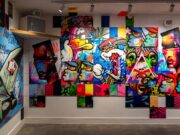
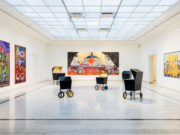

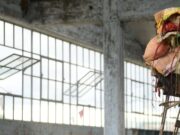
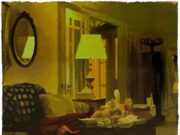
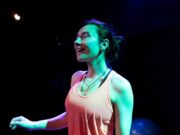

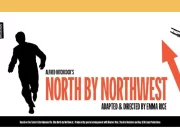
![Antigone [on strike] | Review Ali Hadji-Heshmati and Hiba Medina in Antigone [on strike] at Park Theatre, London. Photo: Nir Segal](https://theartiscapegallery.com/wp-content/uploads/2025/02/Antigone-on-strike-photo-by-Nir-Segal-D1_Standard-180x135.jpg)
